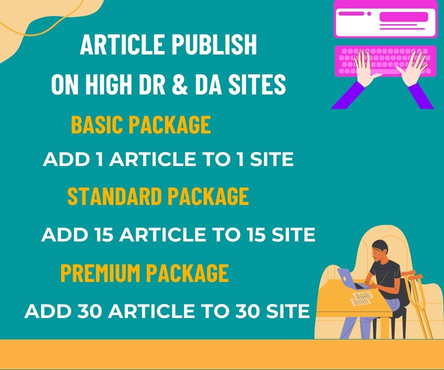In today’s fast-paced digital world, businesses are constantly looking for innovative ways to improve their online presence and engage their target audience. One of the most effective methods is through converting traditional PDFs into interactive flipbooks. A flipbook is an engaging digital publication that simulates the appearance of a physical book, allowing users to flip through pages as if they were browsing through a printed version. Converting PDFs to flipbooks offers numerous benefits for businesses, particularly in terms of increased brand visibility, improved user engagement, and enhanced marketing strategies. Meet here flipbook maker
1. Enhanced User Engagement
When businesses convert their PDFs into flipbooks, they automatically enhance the level of interaction and engagement with their audience. Flipbooks offer a much more dynamic and visually appealing experience compared to static PDFs. With flipbooks, users can click through pages, zoom in on specific sections, and even watch embedded videos or view high-quality images. This interaction creates a more immersive experience that is likely to hold the reader’s attention for longer periods.
Furthermore, flipbooks are typically mobile-friendly and responsive, ensuring that users can interact with the content seamlessly on various devices, from smartphones and tablets to laptops and desktops. This accessibility makes flipbooks an ideal format for reaching a broader audience, especially when more consumers are relying on mobile devices for browsing.
2. Increased Brand Recognition and Professionalism
A flipbook is a modern and professional way to present your business content, which reflects positively on your brand image. It offers a polished and creative way to showcase your products, services, and corporate literature. By converting PDFs to flipbooks, you are not only providing more engaging content but also reinforcing your brand identity through visual elements such as logos, colors, and fonts. This helps in creating a consistent brand experience that can lead to greater brand recognition and recall among your audience.
A well-designed flipbook can also convey professionalism and attention to detail, which may improve your business’s credibility. It makes a statement that you are keeping up with modern trends, which is crucial in a competitive market. This professional approach can set your business apart from competitors still relying on outdated, static PDF files.
3. Improved SEO Performance
Converting PDFs to flipbooks also provides an opportunity to improve search engine optimization (SEO) performance. Traditional PDFs are often not as SEO-friendly as other content formats, since they are typically harder for search engines to index. Flipbooks, however, can be enhanced with metadata, keywords, and alt text for images, making them more discoverable on search engines. In addition, flipbooks can be hosted on a website and shared on social media, contributing to inbound traffic and generating backlinks to your site.
Furthermore, flipbooks often have better user retention rates because of their interactive nature. Longer engagement on your content signals to search engines that your site provides valuable and relevant information, which can improve your website’s overall search rankings.
4. Cost-Effective Marketing Tool
Another advantage of converting PDFs to flipbooks is that they can serve as a cost-effective marketing tool. Unlike traditional print materials, which require significant costs for production, printing, and distribution, digital flipbooks eliminate these expenses. Businesses can easily distribute flipbooks through email campaigns, social media platforms, and websites, reaching a global audience at minimal cost. Flipbooks can also be easily updated and reused, making them a sustainable and versatile solution for ongoing marketing efforts.
5. Analytics and Tracking
One of the key benefits of digital flipbooks is the ability to track user behavior. With built-in analytics, businesses can measure the success of their flipbook content by monitoring key metrics such as page views, time spent on each page, and user interactions. This data can provide valuable insights into the preferences and interests of your audience, helping you refine your content and marketing strategies for even better results in the future.
Conclusion
Converting PDFs to flipbooks is a powerful strategy for businesses looking to enhance their brand visibility and engage more effectively with their audience. Flipbooks provide a dynamic and interactive experience that improves user engagement, boosts SEO performance, reinforces brand professionalism, and offers cost-effective marketing opportunities. By leveraging this innovative format, businesses can stay ahead of the competition and create a lasting impression on their customers.

